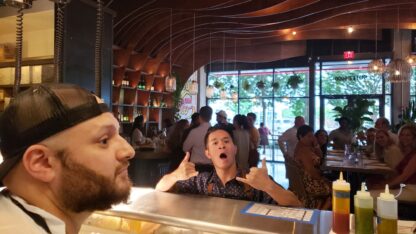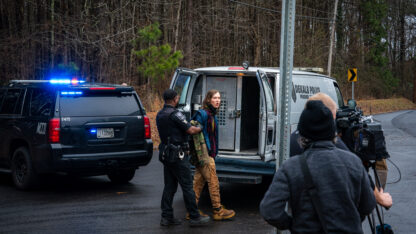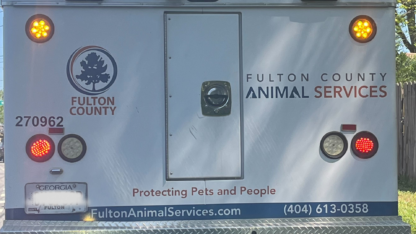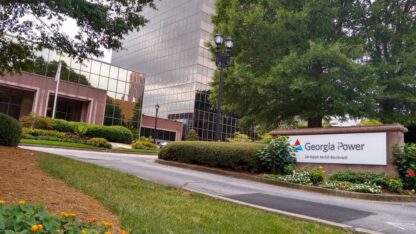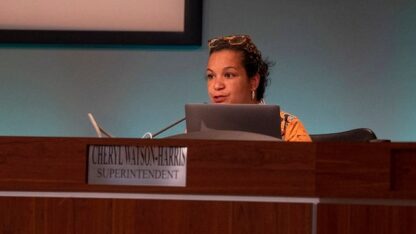Looking at the role of technology in addressing Atlanta’s transit challenges
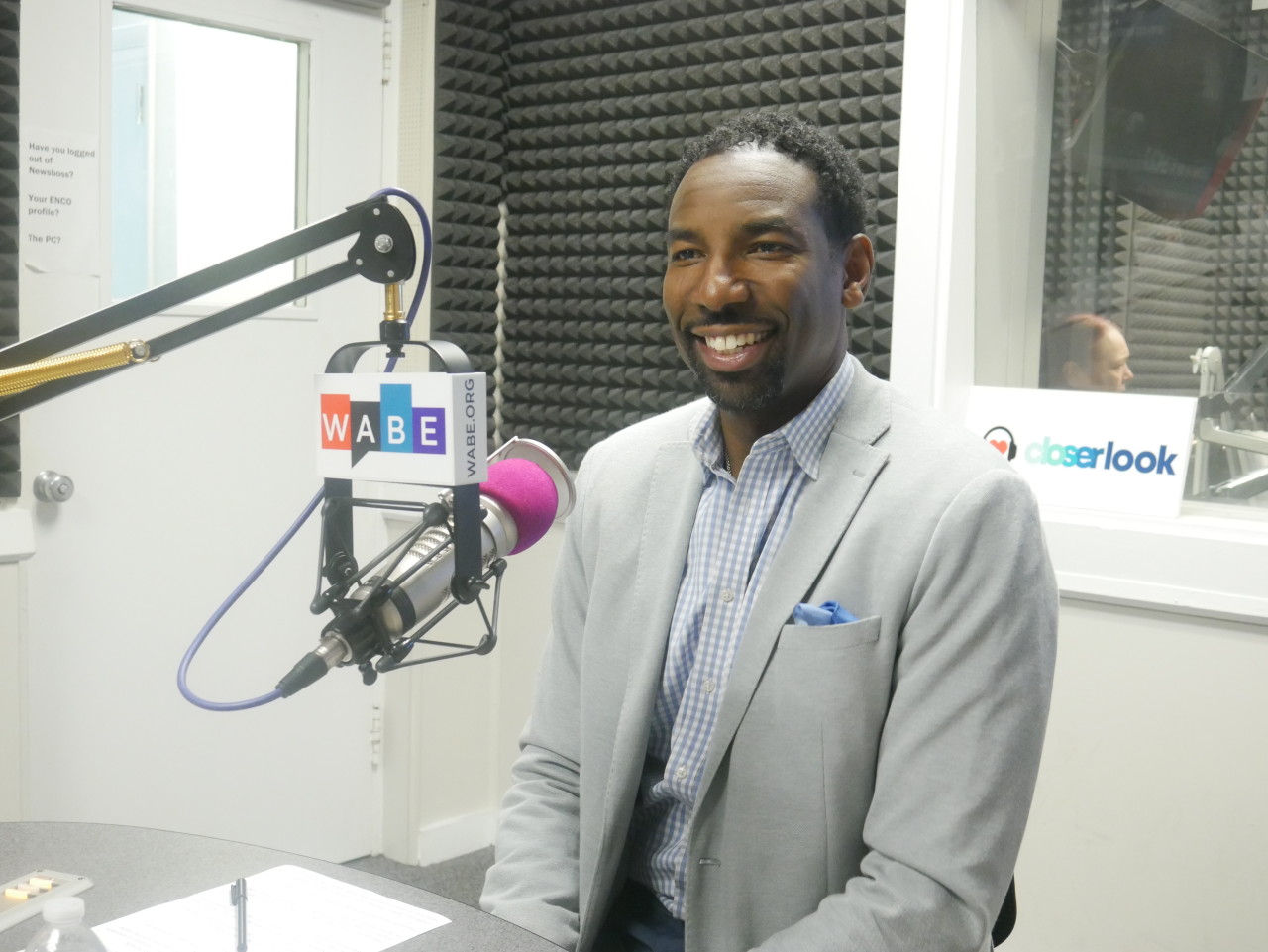
Atlanta City Councilman Andre Dickens, Post 3 At-Large, talked about how the department will be structured, its early priorities and when a leader could be chosen.
Grace Walker / WABE
By 2040 the 20-county Atlanta region will add 2.5 million people, bringing the region’s population to more than 8 million, according to data from the Atlanta Regional Commission.
As “Closer Look” continues its series, “Gridlocked: What’s Moving Atlanta?”, the show looks at innovations to improve transit.
First, there was an update on the newly created Atlanta Department of Transportation. During her State of the City address earlier this year, Mayor Keisha Lance Bottoms announced the city would launch the department. It’s an effort that Atlanta City Councilman Andre Dickens, who represents Post 3 At-Large, has been working on since 2017. He stopped by “Closer Look” to talk about how the department will be structured, its early priorities and when a leader could be chosen.
On ATL DOT streamlining transit priorities
“The way that we’re doing business now is just better, and [there are] more coordinated efforts between the Atlanta Regional Commission, GDOT, Public Works Department, City Planning,” he said. “We have now aggressively set a target to make those organizations communicate better, and this Department of Transportation is being that conduit to help so that projects are aligned better and quicker thinking is coming out.”
On the importance of a regional effort
“Atlanta, city proper, is less than 10% of the regional area’s land and less than 10-percent of the population,” said Dickens. “The City of Atlanta, we host a lot of visitors, and commuters, every day so trying to make us solve the regions issues — no, it’s going to take a regional effort.”
On transit equity
“Equity is front of mind for me. We have what we call a high injury network — you look at the places where we’ve had the highest injuries and fatalities, and those are usually in the most vulnerable communities,” said Dickens.
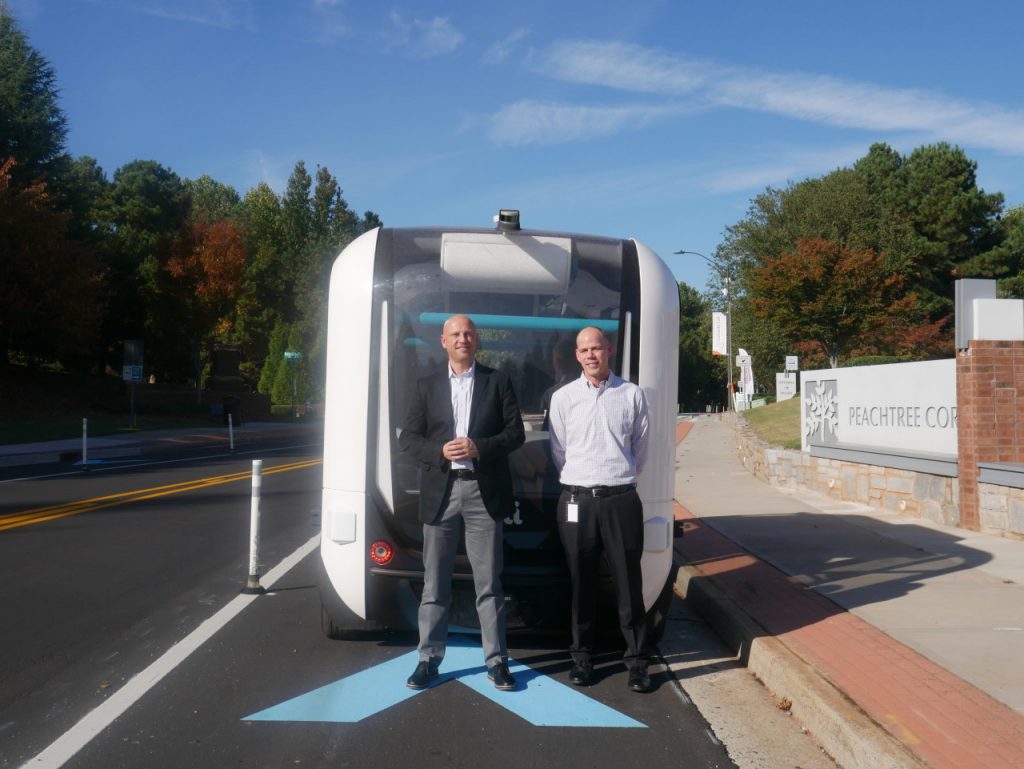
While the city of Atlanta works to streamline its transit-related priorities, the city of Peachtree Corners, in Gwinnett County, has become an incubator for an emerging technology — a 10-seat autonomous vehicle called the Olli. The shuttle was created and built by Phoenix-based Local Motors. The “Closer Look” team headed out to the city to take a ride on the Olli and learn more from assistant city manager Brandon Branham, city manager Brian L. Johnson, and Michael Golden, senior autonomous steward.
On using existing infrastructure
“We can take a road, in this case, its Technology Parkway, and we can enhance this corridor, and we reconfigured the lanes so you can have some advance vehicle testing and demonstration,” said Branham.
On bringing the technology to Peachtree Corners
“This is the first deployment of a driverless shuttle on a public street like this,” said Branham. “We are witnessing our little step in the evolution of this technology.”
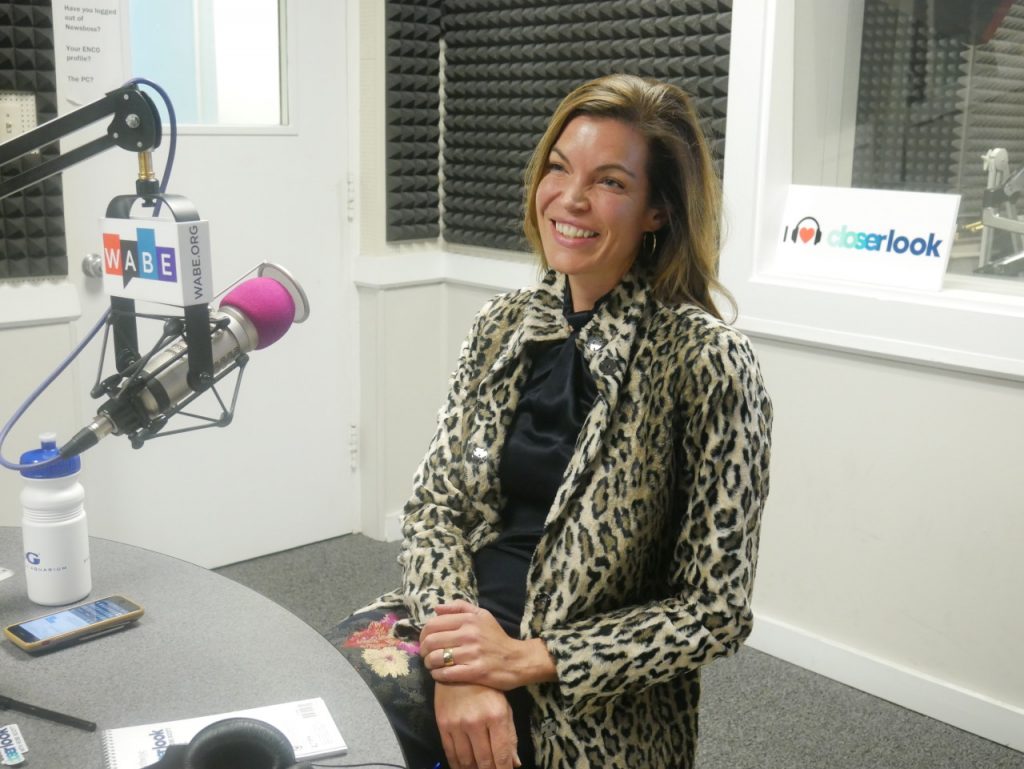
Peachtree Corners isn’t the only place in the Atlanta region working on technological innovations to improve transit. The Ray is an 18-mile stretch of “smart” and “solar” highway in La Grange, Georiga named after “green pioneer” Ray Anderson. The project’s Executive Director, Allie Kelly, joined “Closer Look” to talk about how technology can help with the region’s transit challenges.
On making highways ‘smarter’ and safer
“Broadly, what we have learned is that the technology exists right now to achieve better outcomes in highway transportation,” said Kelly. “We can make it smarter, safer efficient, productive, and yes, we can reduce the negative environmental impacts of transportation.”
On next steps for The Ray
“Next year, we’ll work with 3M and GDOT to install signage on The Ray, which will be visible to the autonomous vehicle’s computer vision systems, but it will also have the redundancy to be able to communicate itself,” said Kelly. “So the signage will actually be able to say ‘exit’ and the autonomous vehicles will be able to hear it.
